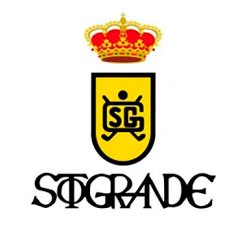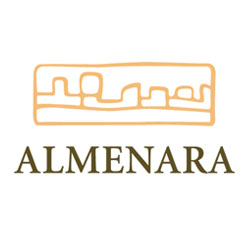Tarifa
Reaching out into the sea, the southernmost point in Europe and the closest point to Africa, Tarifa is one of the coastal towns with the greatest tourist renown, having become an authentic Mecca for windsurfers.
Besides its numerous prehistoric remains (such as the naturalistic paintings in the Moro Cave, and the necropolis at Los Algarbes), there are not only Phoenician remains on the Island of Las Palomas but also remains from the Roman period, with the archaeologically important town of Baelo Claudia, considered the most important find in the province
Called Al-Yazirat Tarif (Tarif Island) by the Muslims, this was an important strategic point as frontier zone, stronghold against pirate forays and military site opposite the English occupied Gibraltar.
It is possible to see two separate sections of the town walls from the dating from the 10th-16th centuries: the first section is from the Islamic period and surrounded a smaller area whilst the second surrounds almost the entire historic centre. This is where the Iglesia Mayor of San Mateo, that of San Francisco and Santa María Church are to be found.
Its idyllic, extensive beaches beaten by the winds from the east make Tarifa a cult centre for fans of water sports, such as windsurfing, kitesurfing, fly-surfing, Blokart sailing or diving, to name but a few
Beyond Playa Chica, Los Lances and Valdevaqueros, we come upon Bolonia Beach, a wild, huge dune with areas reserved for nudists. El Cañuelo is a beach with natural surroundings, spectacular vegetation, and crystal-clear water, which can be reached from the Camarinal Lighthouse. Los Alemanes beach stretches from the La Plata Cape to Gracia Cape. Finally, Atlanterra is the continuation of Zahara de los Atunes.
The borough extends across four different protected natural areas: the Los Alcornocales Natural Park, El Estrecho Natural Park, the Los Lances Beach Beauty Spot –an area where many birds come together going to and from the crossing at the Strait of Gibraltar- and the Natural Monument of the Bolonia Dune, which is more than 30 metres high and is situated on the Punta Camarinal isthmus, on the southern Atlantic coast of Cadiz.
Baelo Claudia
This Roman town, probably founded in the third century B.C:, experienced great economic and urban development between the second century B.C. and the second century A.D. The economic base for this was fishing and tunny-net fishing, a system for fishing tuna introduced by the Phoenicians. These fish were used to prepare salt fish products and the famous garum sauce. The town boasted great public buildings such as the forum, the thermal baths, the temples or the theatre, amongst others. Nowadays, one can still visit, right beside the beach, this impressive archaeological site which has retained its layout and monuments, as well as a large part of its architecture, in very good condition.
Bird and Whale Watching
El Campo de Gibraltar and, thereby, the coast of Algeciras is one of the main sites in Europe for bird- and whale-watching, thanks to its proximity to the African continent, the confluence of the waters of the Mediterranean and the Atlantic, and the great variety of habitats favoured by the climate.
Guzman el Bueno’s Castle
Dating from the 10th-15th centuries, this is one of the local jewels. It was built at the orders of the Cordoba’s Caliph Cordoba Abderramán III, and is well-conserved, in particular its great octagonal tower, the Jerez Gate and the Watchtowers from the 16th.








